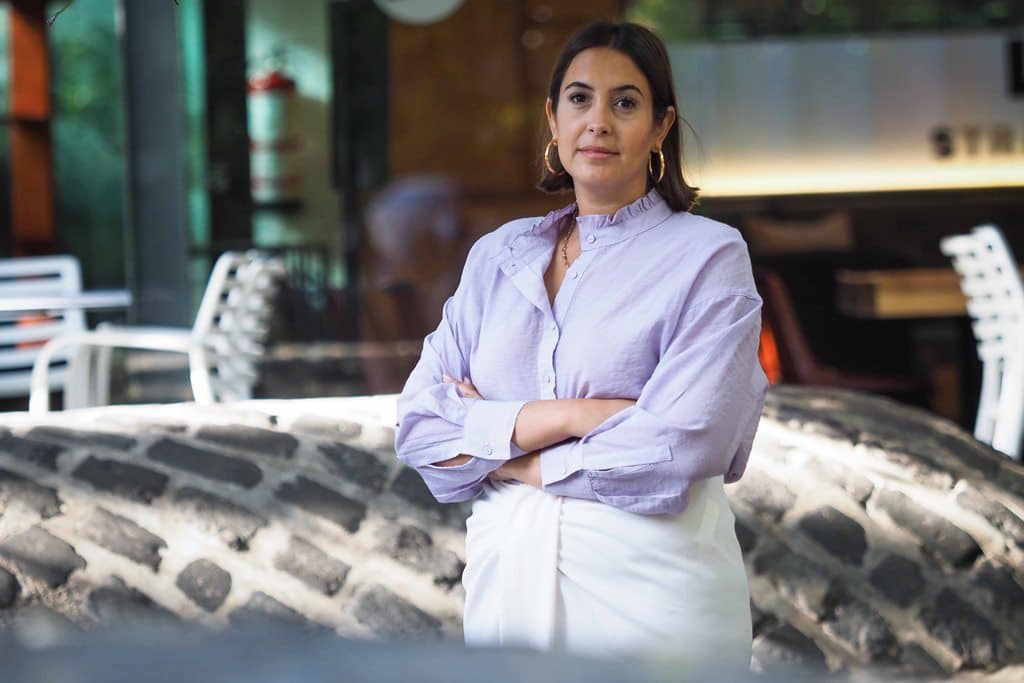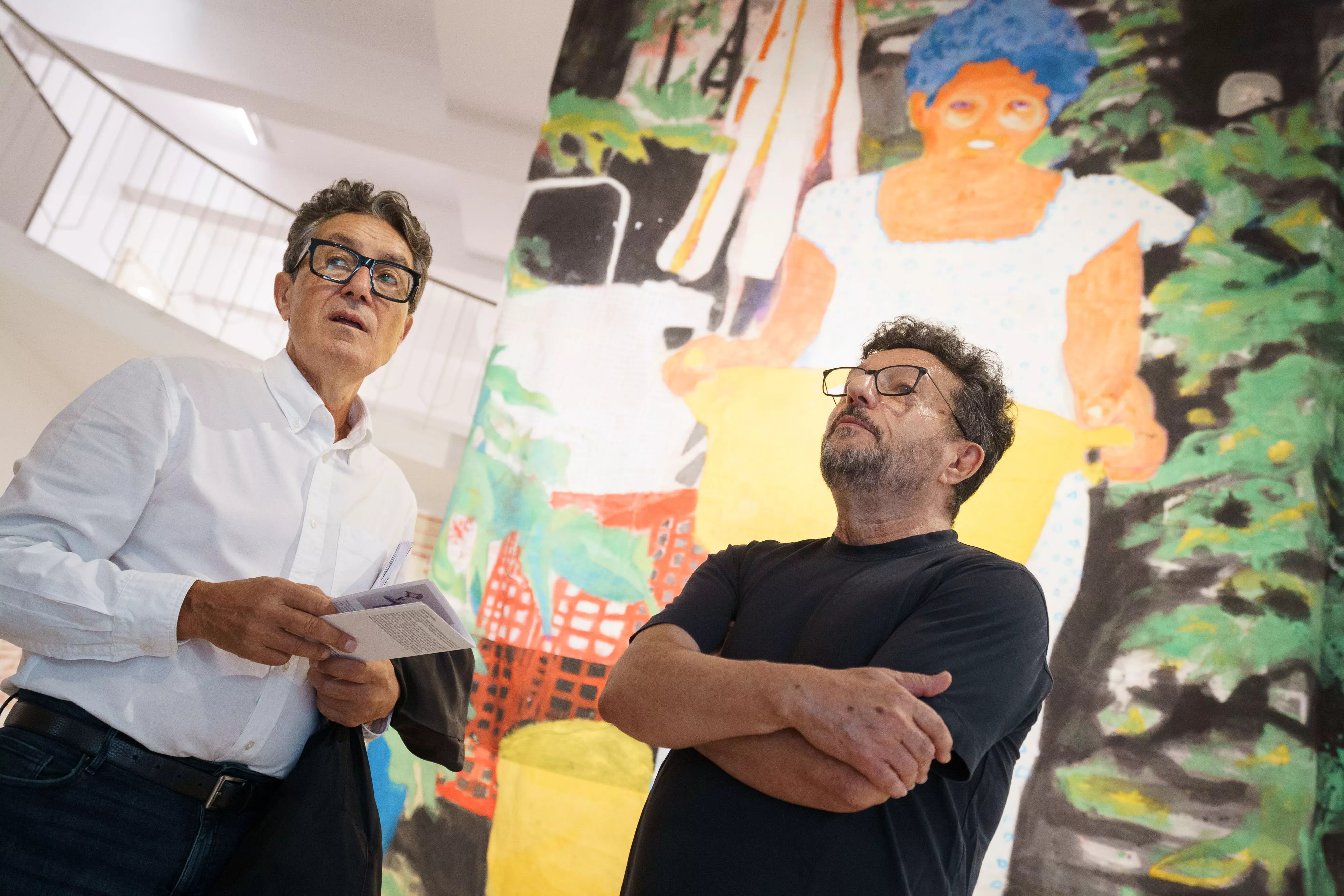
“Santa Cruz continues to be a social insurance for many families in the municipality.” This is how the councilor for Social Action of the capital, Rosario González, explains the social assistance data provided by the Social Assistance Economic Benefits (PEAS) of Santa Cruz in this first quarter of 2022, in which 32,841 aids have already been managed, 12,484 more than in the same period of 2021, which represents an increase of 61%.
The expenditure related to these PEAS exceeds three million, 17% more than what was spent in those same three months last year. The most significant increases have been registered in the benefits for the payment of the water bill, which go from 422 in 2021 to 1,163 that have been paid in this first quarter, which represents an increase of 175%. There appears to be no reason for this increase. The amount of these grants reaches almost 49,000 euros, compared to 31,000 last year.
The other data that stands out is that of food aid, which has grown by 67%, thanks to the fact that the distribution of cards has multiplied, so that they go from 18,420 benefits in the first quarter of 2021 to 30,906 , in which more than 2.2 million have been invested.
Directly related to the increased distribution of food aid is the “significant” reduction in users in the food distribution of the Food Bank, an entity from which they report that in the first quarter of 2022 they have 765 fewer families, which leaves the figure in 1,496 user families.
“This does not mean that there are fewer families in need of this aid, but rather that every day there are fewer people collecting food in the misnamed ‘hunger queues’, precisely because we are on the way to changing the model with food cards , which allow the acquisition of fresh products, in addition to preventing the stigmatization of families”, says González.
For the councilor, “the path to a higher quality of services” is in aspects such as this one of the food card. “We are reducing the number of people who need food collection resources and increasing the delivery of cards so that they can buy them in supermarkets, which means a service with greater dignity, a small change in the way we serve these people in social exclusion” .
González clarifies that, “obviously, every time we see that we have to increase intervention in all people, these are not figures that we like to give, we would like to lower the figure every day, but, unfortunately, the economic and social situation, just coming out of a pandemic, with a war or an exorbitant increase in prices, means that, once again, the needs of many families to turn to social services are revealed.”
Likewise, he insists that “the important thing is that we are still there giving support to families, but also in direct services, because the benefits reach 40% of the budget, but we offer home help, nursery schools or programs such as Santa Cruz Impulsa and Santa Cruz Vital, all with the aim that families who find themselves in this situation can get out of it with our help.
As for the rest of benefits, there has been less management in sections such as the Capital PEAS (appliances, furniture and works) going from 246 in 2021 to 80 in 2022. There has also been a significant reduction in housing PEAS ( rentals, community, mortgages…) going from 540 in 2021 for an amount of 763,407.46 euros to 381 PEAS in 2022 for 527,943.18 euros (159 PEAS less than last year).
The councilor points out that this decrease in these aids will be compensated in the second quarter, since there is a significant number of them being managed at the moment.
For the mayor of Santa Cruz, José Manuel Bermúdez, “the effort made by the City Council, which has an extensive catalog of the most complete in the Canary Islands for vulnerable families, aims to ensure that no one is left behind for economic reasons” and maintains that “also, and at the same time, everything is related to the strategy of ensuring that families do not feel singled out, while programs such as Santa Cruz Impulsa also seek to seek solid strategies to articulate employment opportunities, which is the authentic alternative to the situation of economic and social vulnerability”.
















